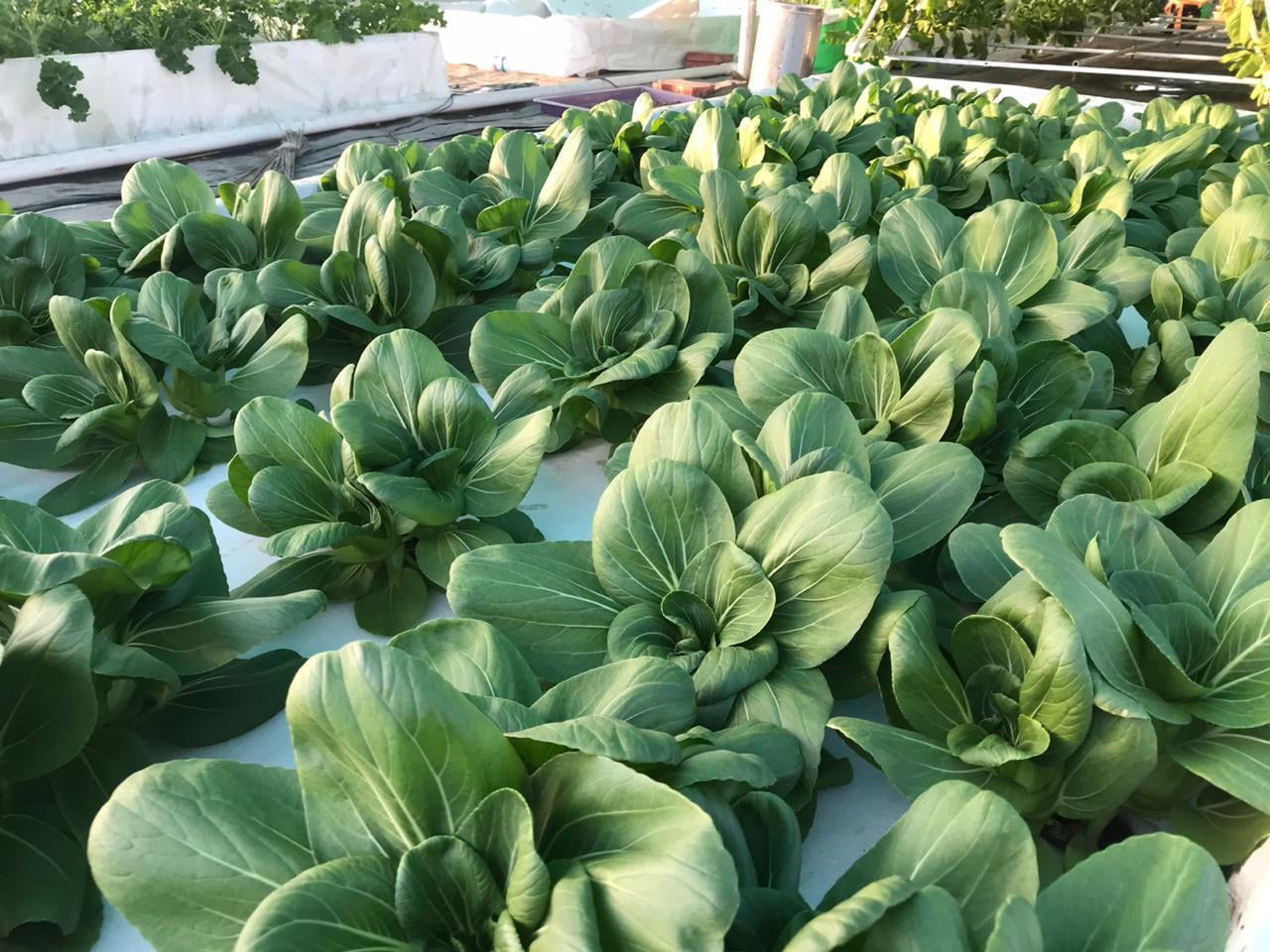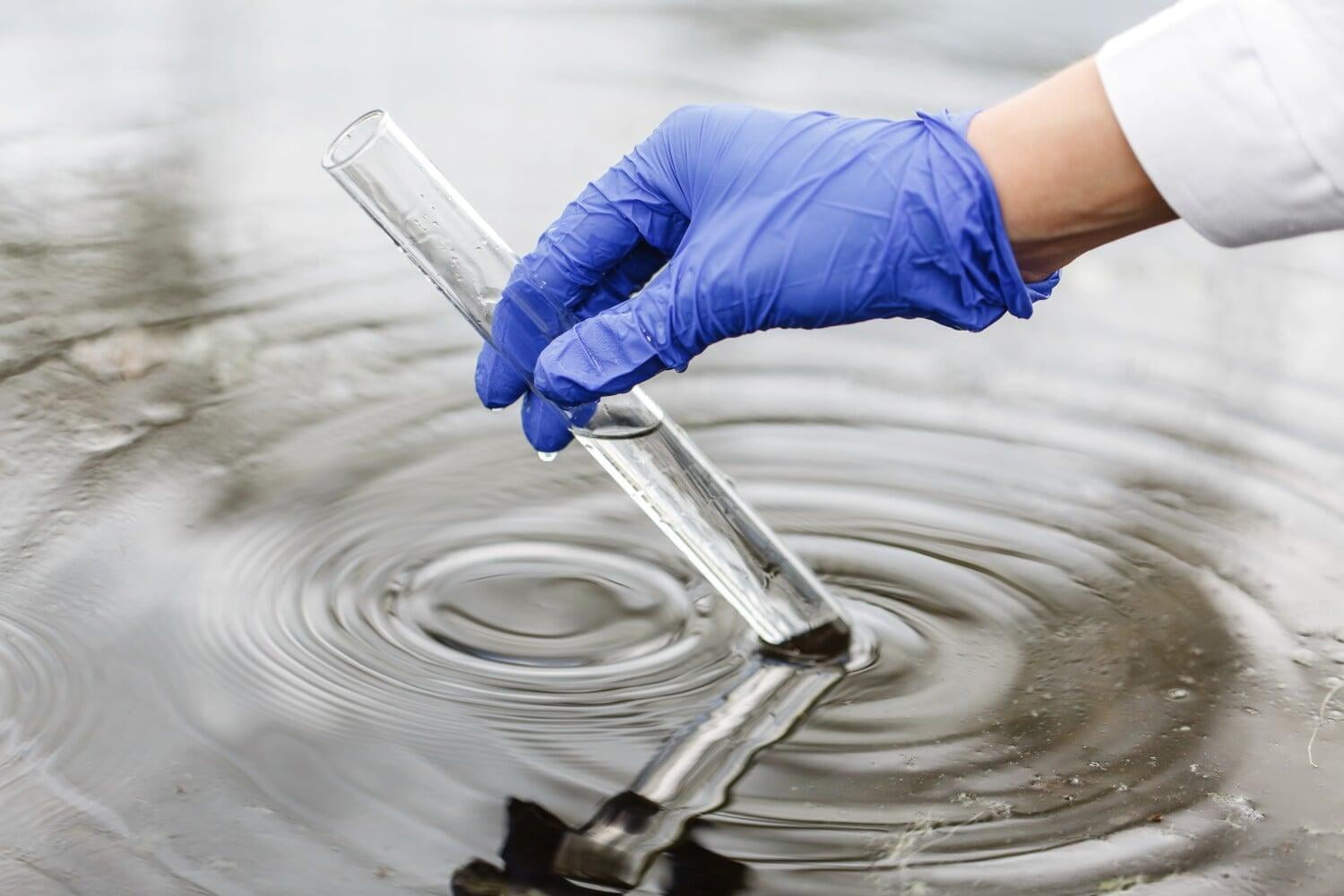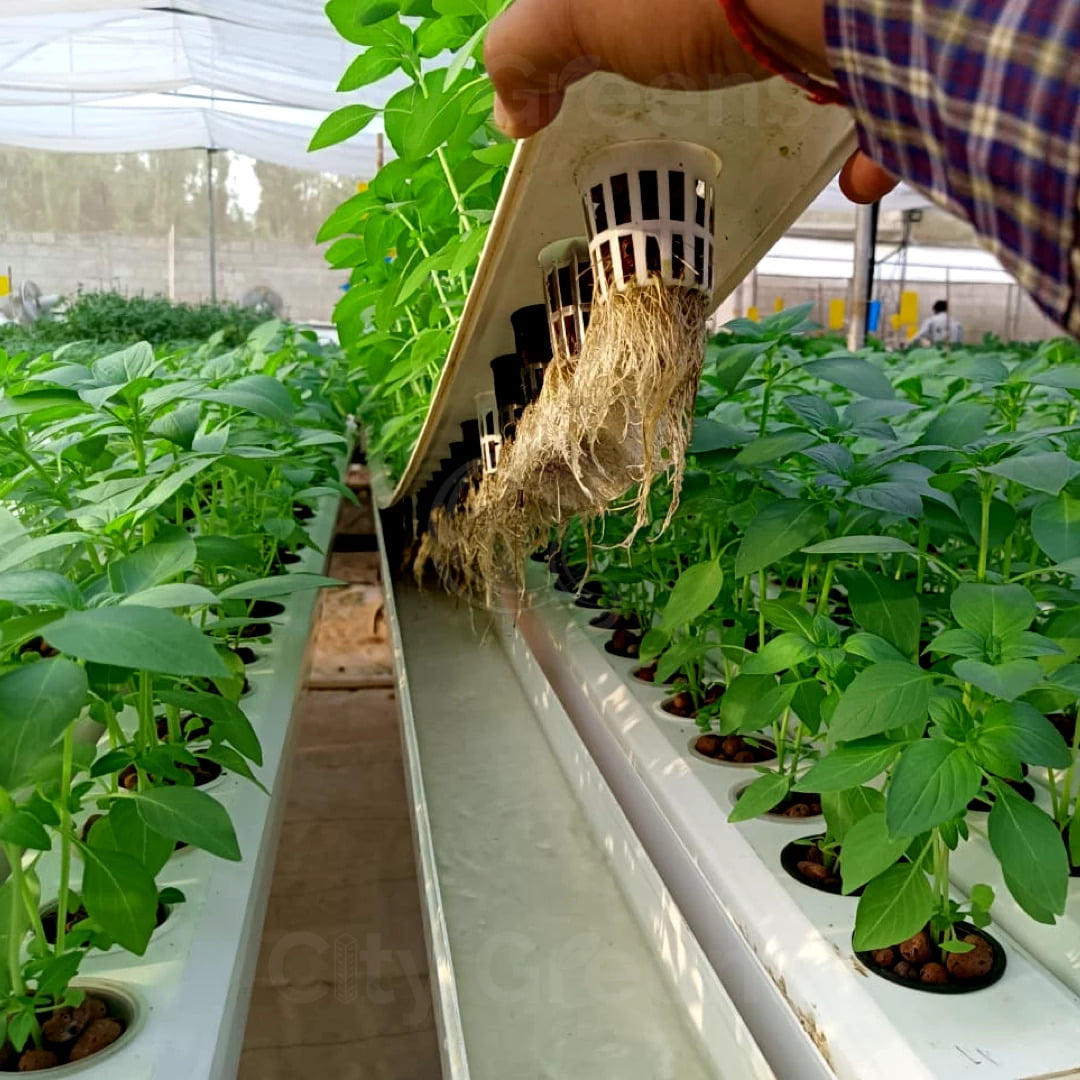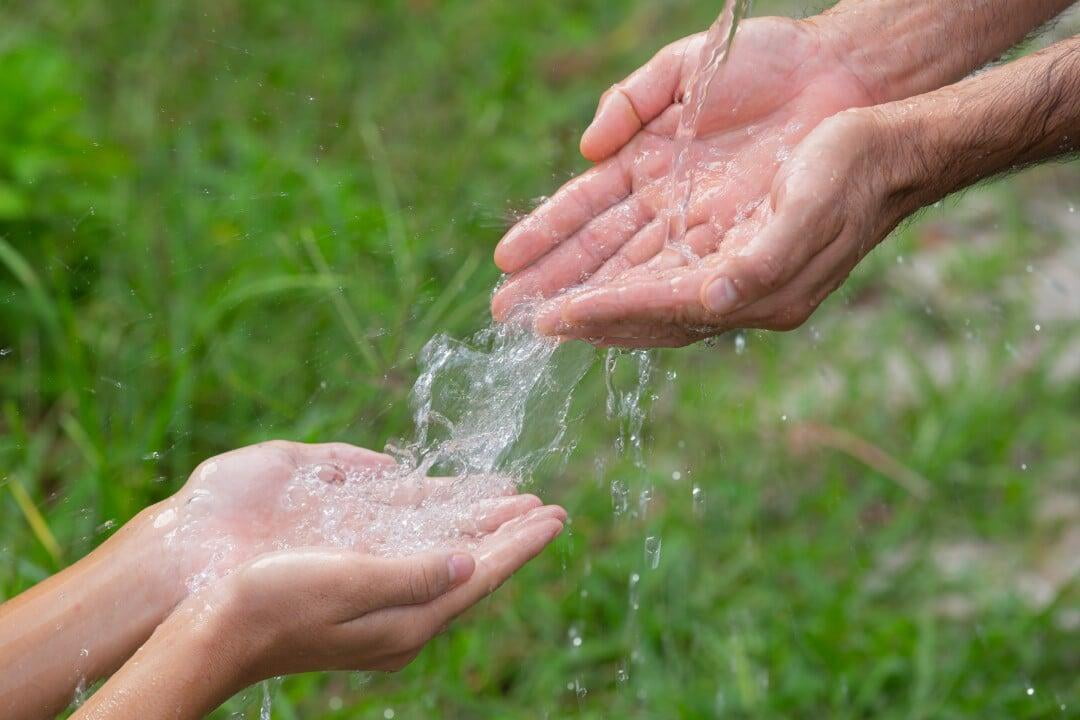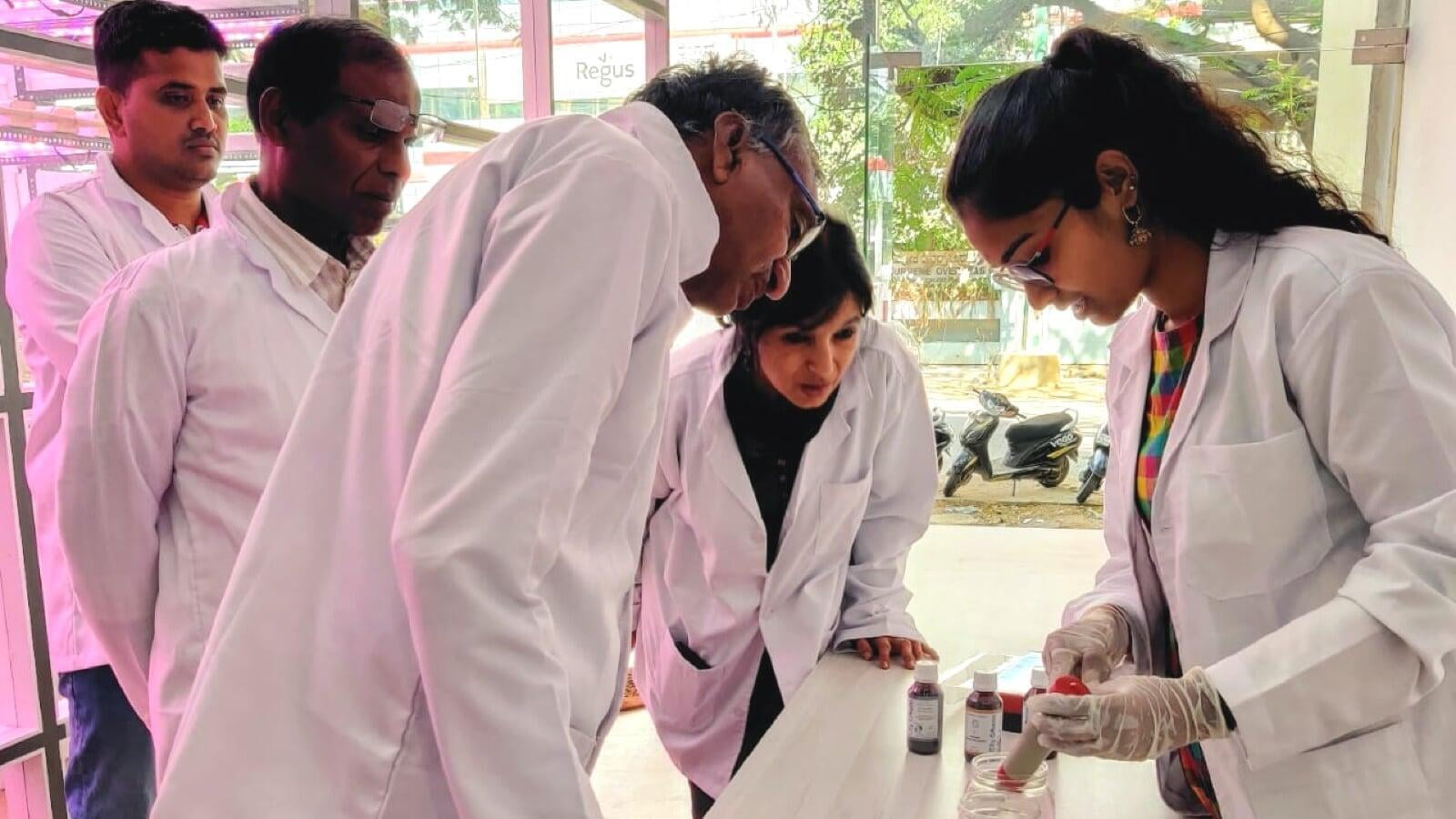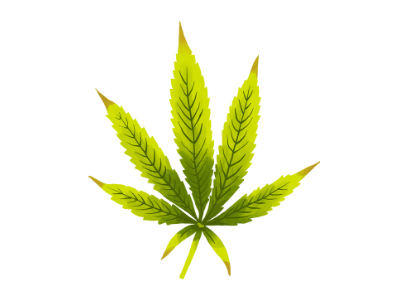What is TDS?
TDS stands for Total Dissolved Solids. It is the total amount of inorganic and organic substances dissolved in water or other liquids. These dissolved substances can include minerals, salts, metals, etc. TDS is typically measured in parts per million (ppm) and is an important parameter for assessing water quality.
Why is TDS so important in hydroponics?
Water Quality Indicator
A higher TDS reading indicates a higher concentration of dissolved salts and minerals, while a lower TDS reading indicates a lower concentration.
If the raw water TDS is high it can lead to nutrient locking, which can result in poor growth and nutrient deficiencies in plants. Also, the higher the TDS, the higher the chances of the presence of harmful elements or chemicals. So it is advisable to use RO water with a lesser TDS for more control over the nutrition you provide for your plants. It is advisable to use water with a TDS of less than 250 ppm. The lower the better.
TDS Tolerance
TDS requirements for every plant are different from others. For example, lettuces and exotics need a tds range of 700-800 ppm, while tomatoes can tolerate a tds of 2100 ppm.
TDS Maintenance in Hydroponics
Start with RO Water
Reverse Osmosis (RO) water is commonly used for hydroponics as it is free of many dissolved minerals and contaminants that may be present in tap water or well water. With RO water you have better control over the nutrients you provide for your plants.
Never Overdose!
Overdosing nutrients in hydroponics can lead to a number of problems for your plants like nutrient burn, altered pH levels, salt buildup, and reduced plant growth.
Regular TDS Monitoring
In hydroponics, TDS is an essential parameter for maintaining optimal plant growth and overall system health. TDS provides information on the nutrient concentration in the water and can help you adjust nutrient levels to ensure that your plants receive the proper amount of nutrients for healthy growth. Additionally, monitoring TDS levels can provide valuable information about the quality of the water in your system, and help you identify any issues with excess minerals or contaminants. To maintain optimal TDS levels in your hydroponic system, it's important to regularly test the water with a TDS meter, adjust nutrient levels as needed, and monitor plant growth for any signs of nutrient deficiencies or imbalances.
